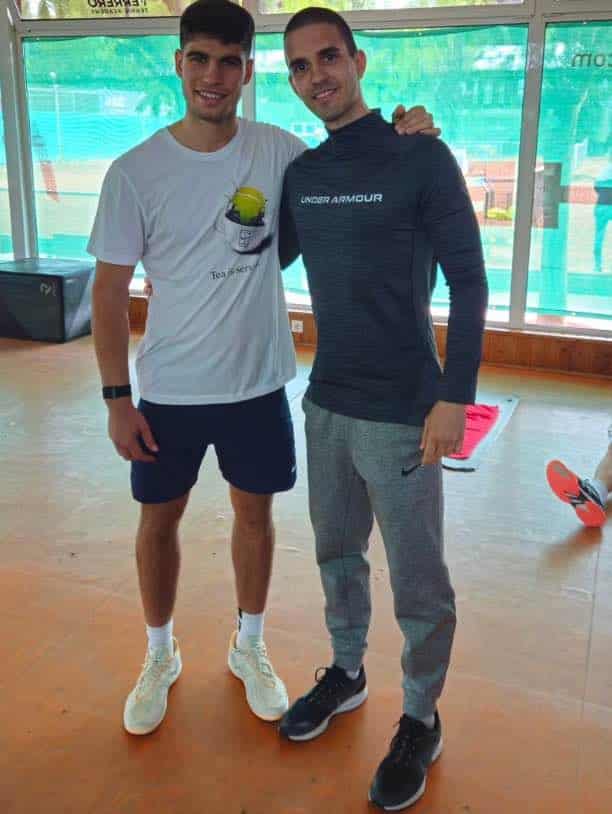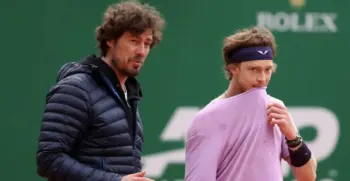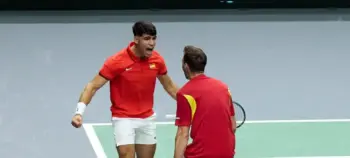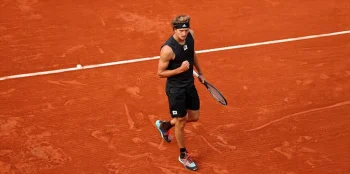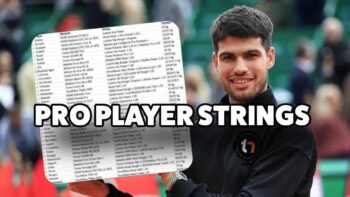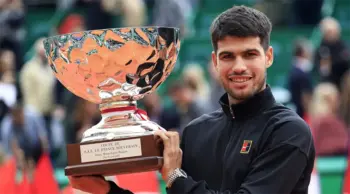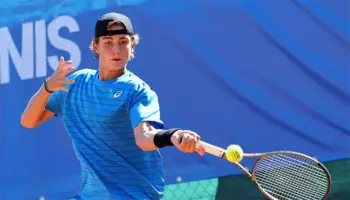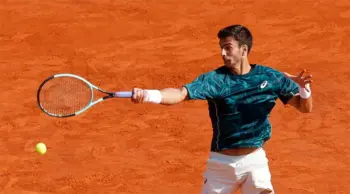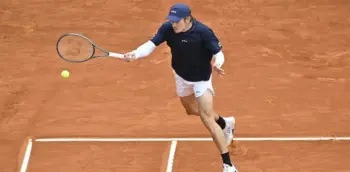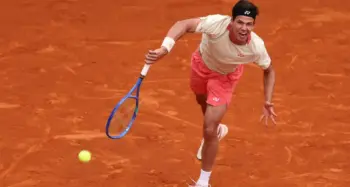Filip Maric is a strength and conditioning coach who works with professional tennis players. He has written about tennis conditioning for unpredictable match durations.
As a strength and conditioning coach primarily focused on tennis, I quickly realized that the biggest obstacle is the unpredictable match duration.
A match can be over in an hour, and it can also last for over three hours. It is a nightmare for every coach and nutritionist. It is so challenging to help your player stay close to peak for such a long time.
And that’s not all. During the year, matches are influenced by various factors such as playing styles, court surfaces, and match formats.
That’s why we have to be adaptable. Since the duration is not set in stone like in football or basketball, we have to maintain flexibility. Let’s find out how to do that.
Periodization Strategies
Dividing training into cycles and phases is called periodization. Usually, we have:
- Off-Season Training: Focus is on rest and recovery. Also, we start with building a solid aerobic base and progressively incorporating strength training.
- Pre-Season Preparation: The most important part will most likely determine the whole season. Many hours are spent on the court and in the gym to achieve optimal conditioning.
- In-Season Maintenance: Adjust training intensity based on the match and outing schedule, balancing active training with adequate recovery.
We have these three phases in every sport, but in-season maintenance is especially important for tennis. The season is one of the longest, and the surfaces are changed several times during the year.
We can do an excellent job in December, but if we don’t constantly work on improvements, there will be an injury or a decline in performance by August.
This leads us to the conclusion that we must…
Understanding the Variables
To effectively address the challenges, it is imperative to understand the variables that influence them.
For example, before clay season, we have to prepare for long matches. This does not mean we should neglect other aspects, but we should primarily be ready to play at least one excruciating match per tournament.
On the other hand, before the grass season, where good service is imperative, we must work on upper body deceleration. We always talk about acceleration but rarely about deceleration, which has a key impact on injury prevention and shot control.
Key Components of Tennis Conditioning
I learned from my mentors that a comprehensive approach is necessary, and these are absolutely crucial parts of the training:
Cardiovascular Endurance
Tennis is all about sudden reactions, given the start-stop nature of the game. Interval training proves beneficial in mimicking the intermittent bursts of energy required during a match.
Muscular Strength and Endurance
Players must be both strong and durable. This is not always easy to achieve because we are talking about different types of muscle fibers.
Utilizing resistance training is critical to avoid unnecessary fatigue and still trigger positive adaptation.
Speed and Agility
Long-distance runs in the preseason can positively affect the cardiovascular system, but we don’t need that during the season. Quick lateral movements and reactive drills form the foundation of enhancing on-court responsiveness. S&C coaches should do all on-court exercises with the consent of the tennis coach in order to be on the same page and avoid mistakes.
Mental Conditioning
Tennis or S&C coaches alone cannot improve this very important aspect. Focus drills should be part of the routine, but the sports psychologist should also be involved.
Nutrition Strategies
Sustaining energy levels throughout unpredictable match durations is only possible with proper nutrition. Pre-match nutrition, in-match hydration, and energy replenishment are key considerations for optimal performance.
Recovery Techniques
Without proper recovery, training will be in vain. Follow post-match recovery rituals, including stretching, flexibility exercises, massages, sleep, and other methods such as ice baths.
Wrapping Up
A well-coordinated team is necessary to prepare the tennis players for everything that awaits them. As you can see, every elite player has a fitness coach and a favorite tennis academy for preseason or in-season preparation.
Players can enhance their adaptability and performance on the court by addressing pivotal components of conditioning, implementing periodization strategies, fostering mental resilience, and adopting appropriate nutrition and recovery techniques.
If you want to read more of Filip’s articles, this is his profile at FitnessVolt
I hope you enjoyed Filip’s post about tennis conditioning for unpredictable match durations. Let us know in the comments if you are interested in more articles from him related to tennis conditioning. There are some more tennis fitness content on the site if you are interested in maximizing your performance. Check the tennis fitness from home packages and tennis fitness over 40, as two examples.
